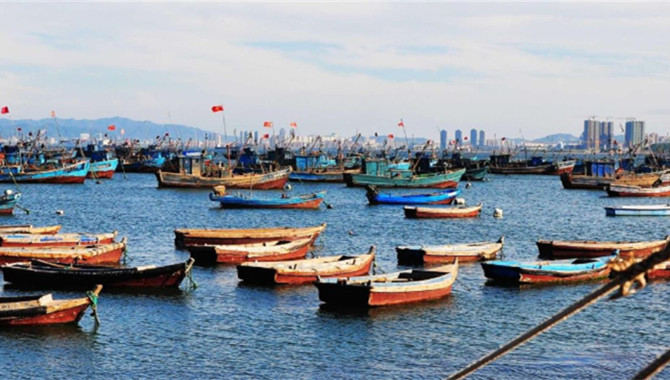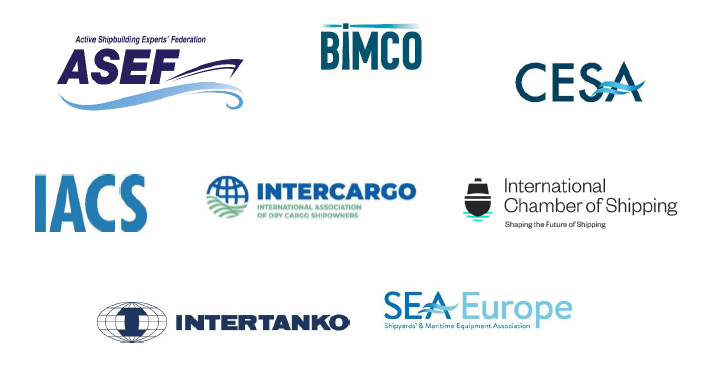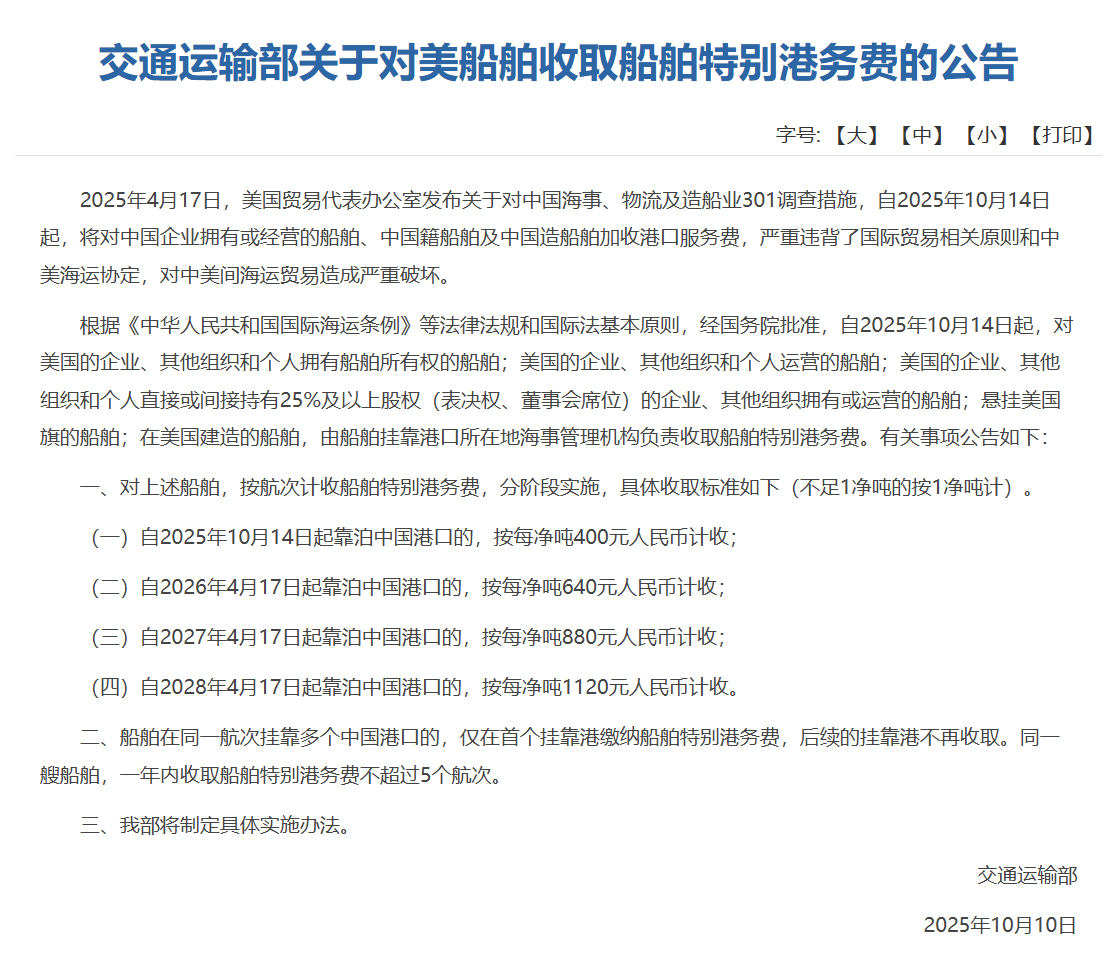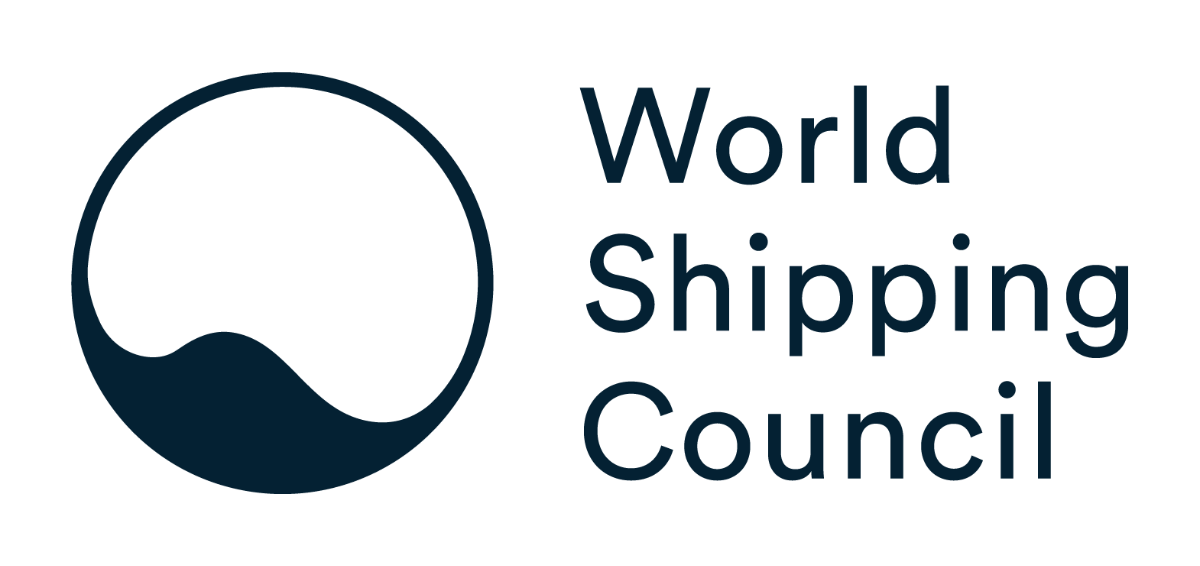
On 13 Mar 2023, Ministry of Agriculture and Rural Affairs of China (MOA) announced the revised annual fishing ban periods which will come into effect as of 15 Apr 2023.
The fishing ban applies to all kinds of fishing vessels, including fishing auxiliary vessels.
To be more specific, the applicable period of annual fishing ban in different sea waters in China are revised as follows:
1. Waters north of 35°N in the Bohai Sea and the Yellow Sea: the ban period is between 1200 hours on 01 May and 1200 hours on 01 September.
2. Waters between 35 °N and 26°30′N in the Yellow Sea and the East China Sea: the ban period is between 1200 hours 01 May and 1200 hours on 16 September.
3. Waters between 12 °N and 26°30′N in the East China Sea and the South China Sea: the ban period is between 1200 hours 01 May and 1200 hours on 16 August.
4. Special Fishing Permit in Waters between 35 °N and 26°30′N in the Yellow sea and the East China Sea during the fishing ban period: fishing boats includingtruss-trawls for shrimp, cage and pot, gill net and light-seining (lift) net can apply for the special fishing permit for shrimp, crab, pelagic fish and other resources with the relevant fishery authorities, so that they can carry on fishing activities during the fishing ban.
5. The ban of small trawlers shall start from 1200 hours on 01 May and last for no less than three months. The lifting time of fishing ban shall be determined by the provincial fishery authorities and reported to the MOA for record.
6. Fishing boats are prohibited from operating outside the boundaries of the sea areas assigned to them in their licenses.
For your easy reference, please see below illustration on the fishing ban in different waters of China.
For your easy reference, please see below illustration on the fishing ban in different waters of China.

Suggestions
1. Get familiar with durance of the fishing ban periods. Carry out relevant safety training on the characteristics of the fishing areas and fishing boats.
2. Avoid the traditional fishery farms and fishing areas. When choosing a route, ships shall stay away from shore, apply the recommended routes carefully and strictly obey the relevant ship routing system.
3. Fully comply with relevant provisions of COLREGS 1972 and Safety Management System, ensure there is a proper and sufficient lookout, keep a safe speed and take early avoidance actions.
4. In the process of avoiding fishing boats, ship officers shall consider the particular operational characteristics of the fishing boat involved. If effective radio communication cannot be established between the ships and the fishing boats, all other available means shall be used to warn the fishing boats of the risk of collision.
5. Be familiar with the Safety guidelines for preventing from collisions between merchant ships and fishing boats in Chinese coastal waters issued by China MSA on 06 May 2021, the free translation of which is appended below.
6. In case a collision incident occurs or is suspected to have occurred, rescue operation shall be immediately carried out, taking into consideration various factors such as safety of the ship and her crews, the surrounding environment etc. Meanwhile, the ship shall contact the nearest VTS/MSA via VHF as soon as possible. The ship’s agents and P&I correspondent should also be informed. More and more cases in recent years have shown that the ship officers may be subject to criminal charges if they hit and run after a collision accident and caused loss of life on sea, alongside the civil claims against the ship owners.
Source: Oasis P&I
The opinions expressed herein are the author's and not necessarily those of The Xinde Marine News.
Please Contact Us at:







